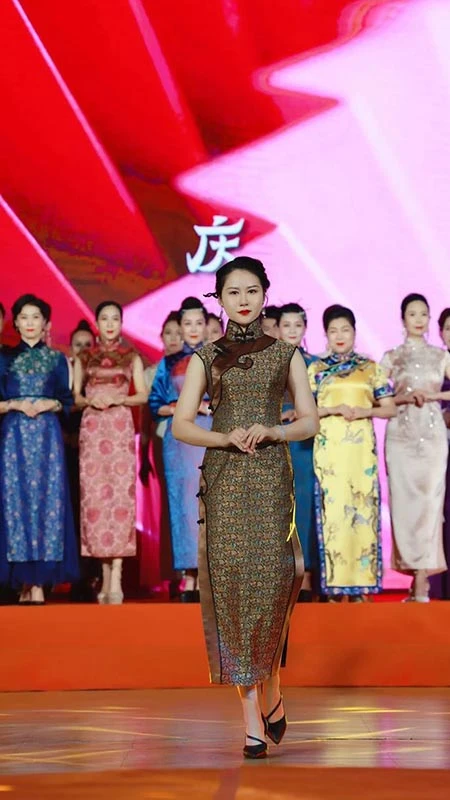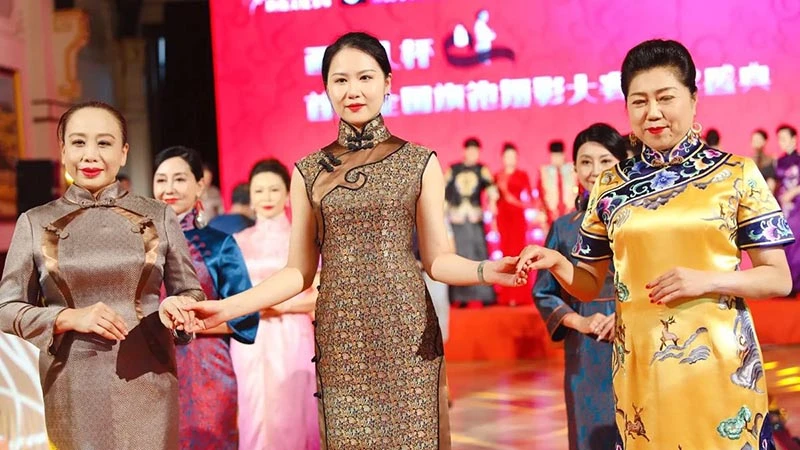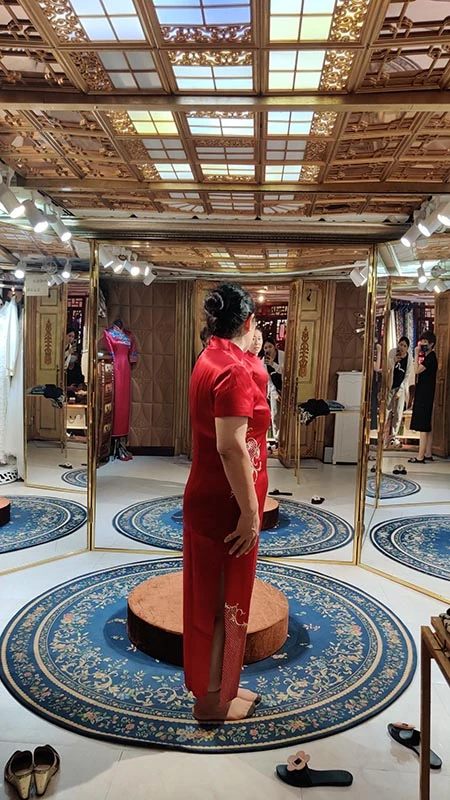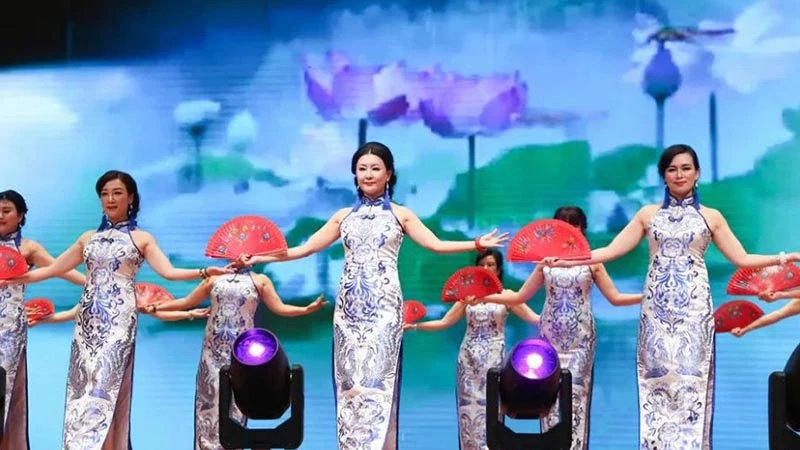The Rise of Traditional Wear in Modern China
China’s cultural revival has swept through its fashion scene, with traditional garments like the qipao and hanfu reclaiming their places in the limelight. This resurgence reflects a growing appreciation for cultural heritage, as well as a desire to reimagine the past through modern lenses. Among these garments, the qipao—China's iconic dress known for its elegance and form-fitting silhouette—has become a beloved representation of China's intangible cultural heritage. Infused with the elegance of a bygone era, the qipao is more than just attire; it’s a poetic, historical tapestry woven with tradition, grace, and beauty.
In Tianjin's Chifeng Street, nestled amid the bustle of city life, stands a historic qipao boutique, Ji Qing Xiang (吉庆祥) Qipao Family Store. For over 140 years, Ji Qing Xiang has been a steward of qipao craftsmanship, evolving from a modest fabric shop to a renowned custodian of traditional Chinese attire. Here, where history lingers in every corner, founder Li Qing’s descendants now introduce modern twists into their creations, appealing to the tastes of young fashion enthusiasts.

A Young Artisan at the Heart of Tradition
At the helm of Ji Qing Xiang’s legacy is Ji Ruqing (吉洳庆), the fifth-generation inheritor, a passionate artisan devoted to preserving her family’s craft while adapting it for a younger generation. At only 26, she embodies the new spirit of traditional Chinese fashion. Often found in the workshop wearing her own qipao creation, Ji Ruqing meticulously measures her customers, considering every curve and angle, all while embodying the grace that qipao artisans have honed over the centuries.
Growing up surrounded by qipao fabrics, patterns, and the hum of sewing machines, Ji Ruqing’s attachment to this iconic dress developed naturally. Watching her mother, a third-generation qipao artisan, spend long nights sewing and cutting fabric fueled Ji's dedication to preserving this art form. As she recalls, "I used to wake up in the middle of the night and see my mother still at work. Her commitment to perfection inspired me to carry on this craftsmanship and bring it to new heights."
Ji Ruqing uses her family's unique tailoring technique known as the “Ji Style Custom Technique,” a method famed for its ability to accentuate the female form. This skill requires precise measurements of at least 27 body points, taking into account not only the customer’s shape but also their personality, profession, and lifestyle. The process ensures that each qipao feels tailor-made for the wearer, creating a seamless connection between garment and person.
Blending Tradition with Modernity
Having studied Western fashion overseas, Ji Ruqing draws from both Chinese and Western influences to craft innovative qipao designs. She seamlessly incorporates modern touches—lace trims, fringe accents, and subtle Western patterns—that retain the essence of the qipao while giving it a contemporary flair. Her vision is clear: “I want to merge Western artistic elements with traditional Chinese styles, making them relevant for today’s youth, who seek both cultural depth and modern elegance.”
In her hands, the qipao becomes a vehicle of cultural connection, a garment that transcends time and geography. Ji Ruqing has turned her boutique into a place where young women can explore Chinese heritage through fashion, often for the first time, as they connect with a history that now feels surprisingly close and wearable.



